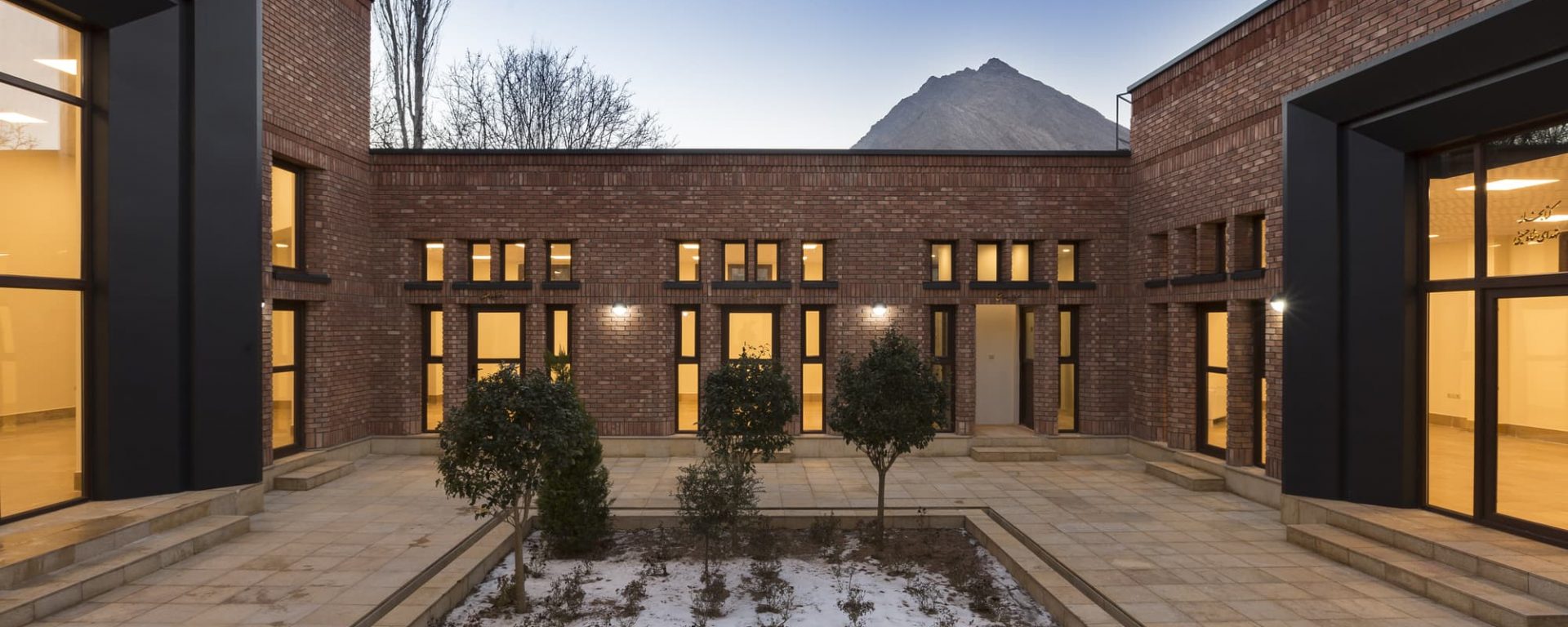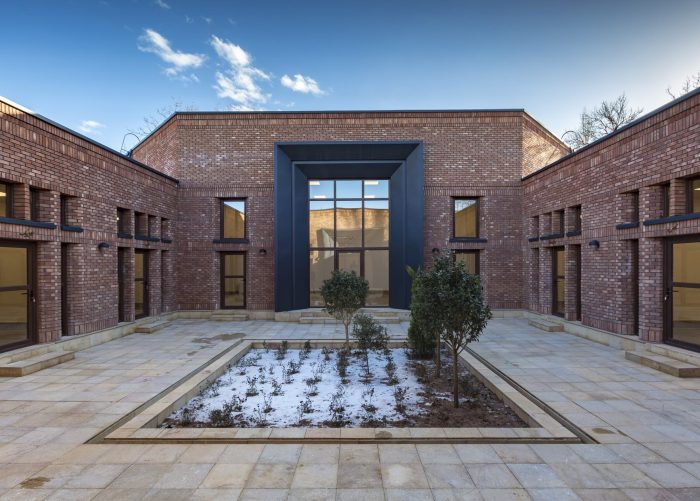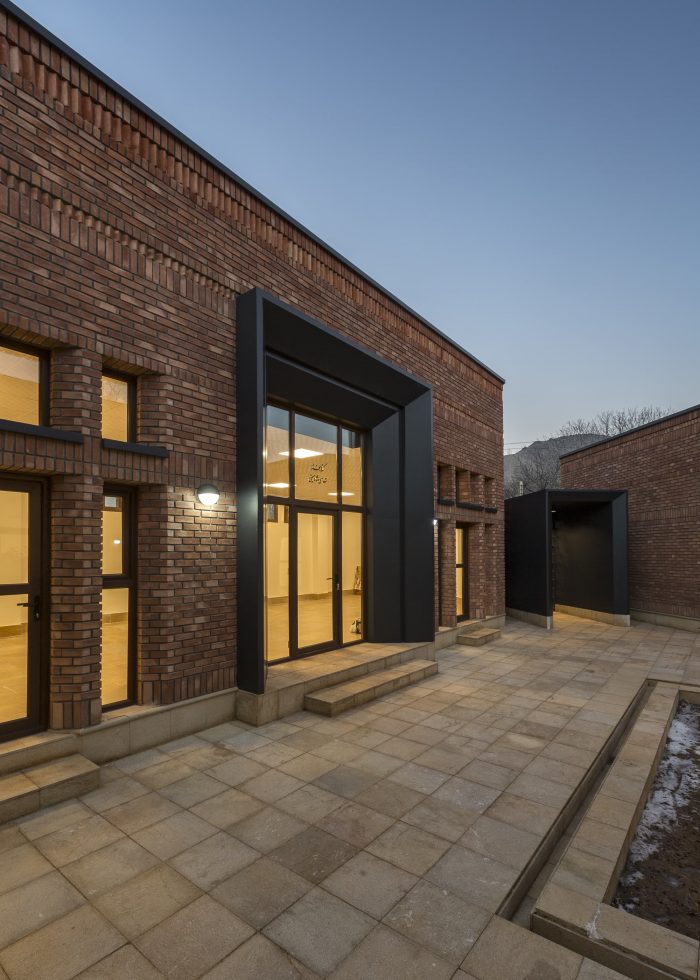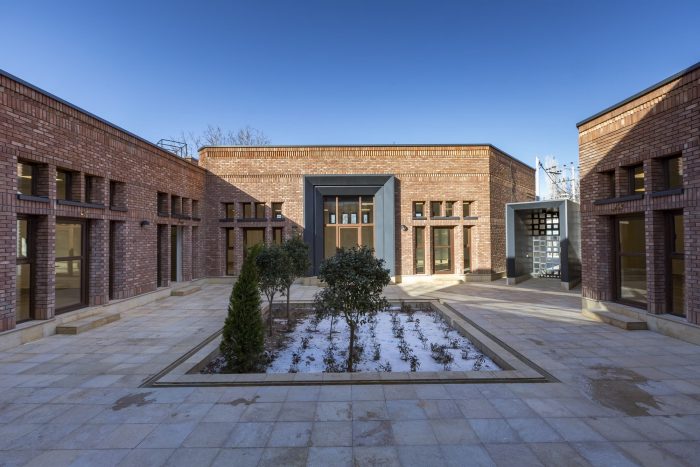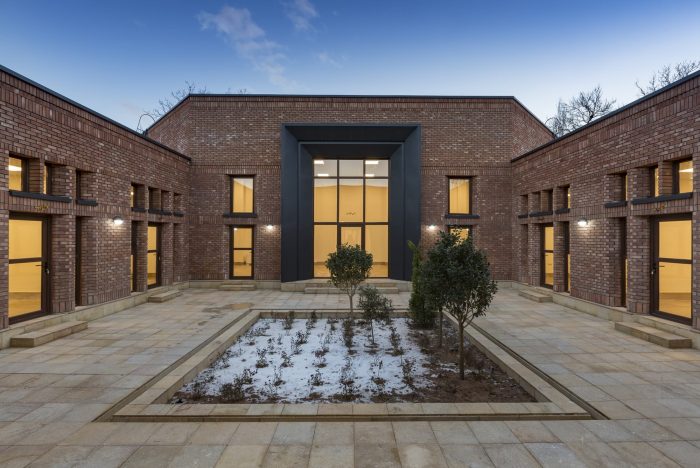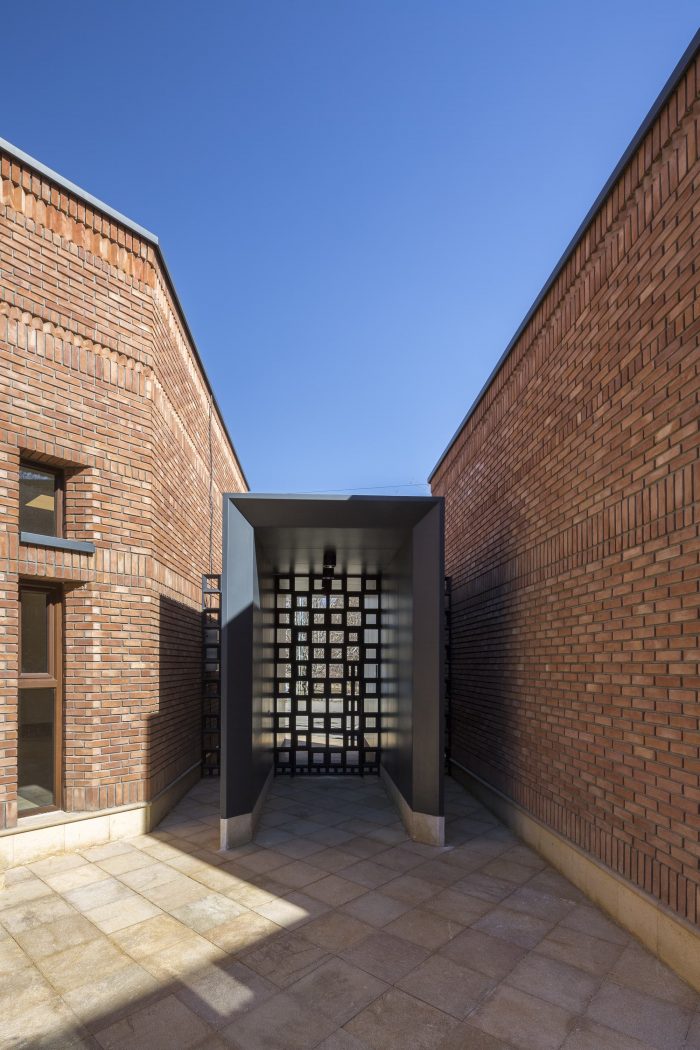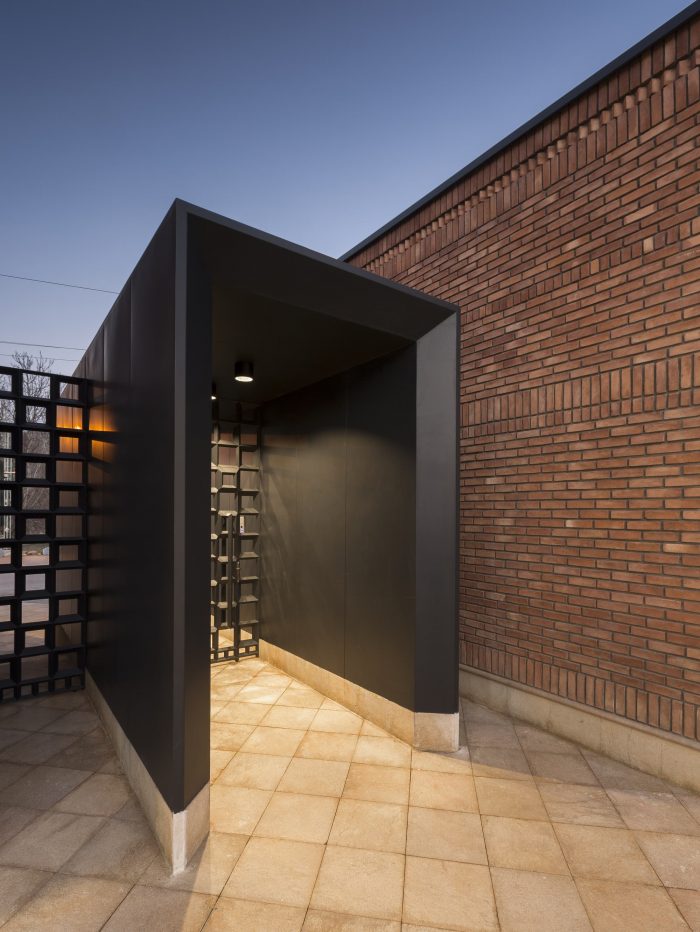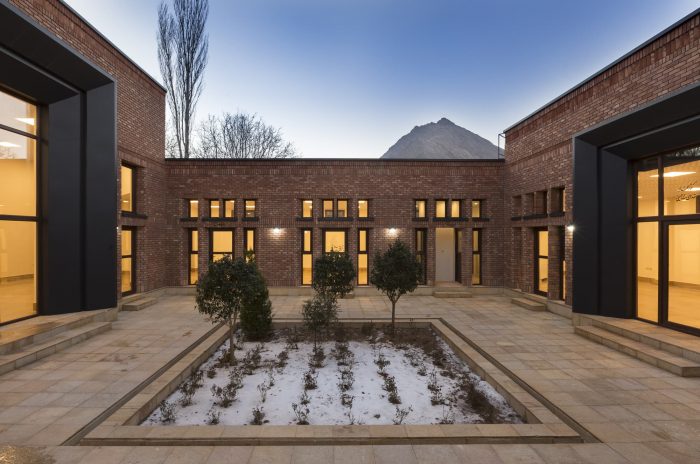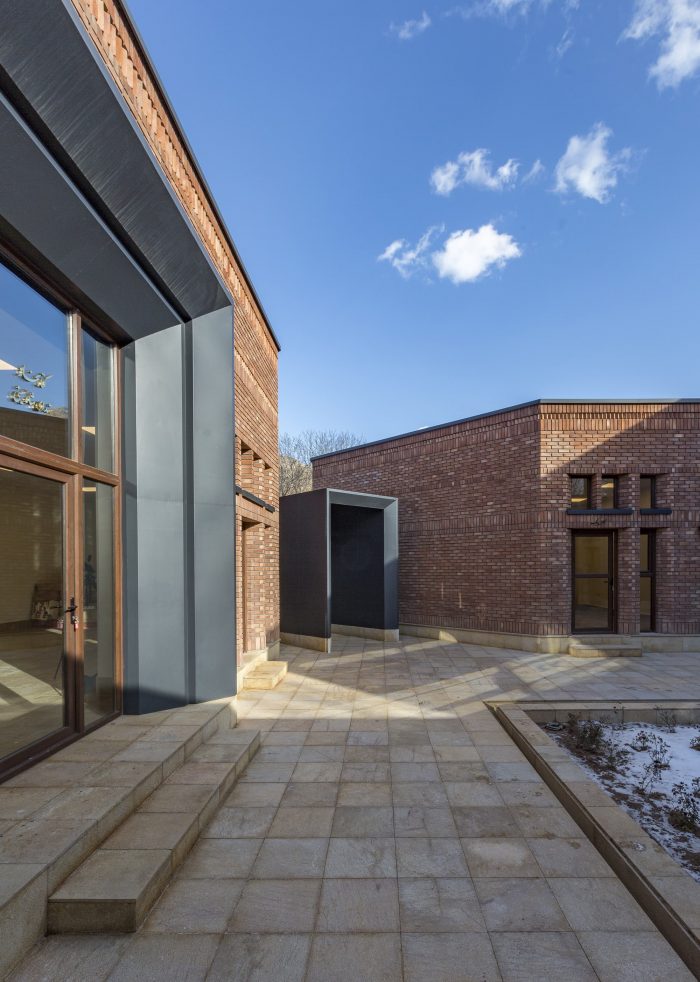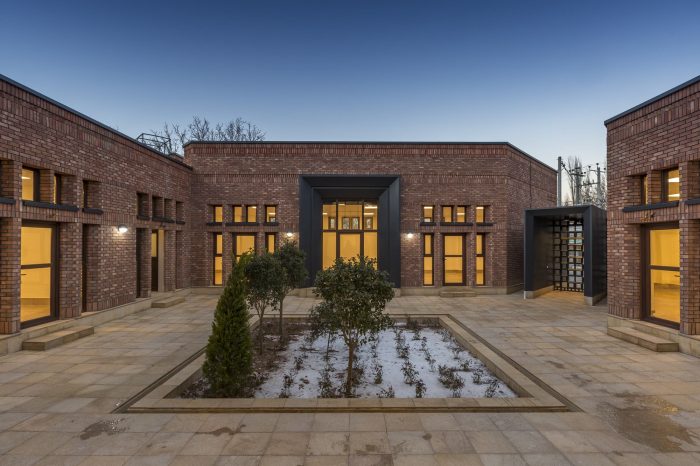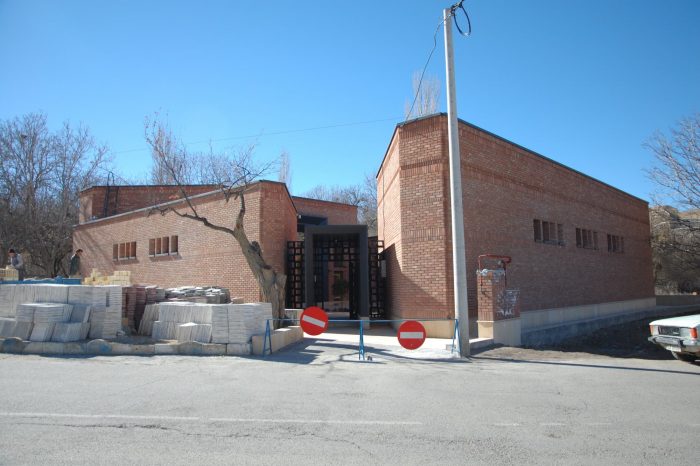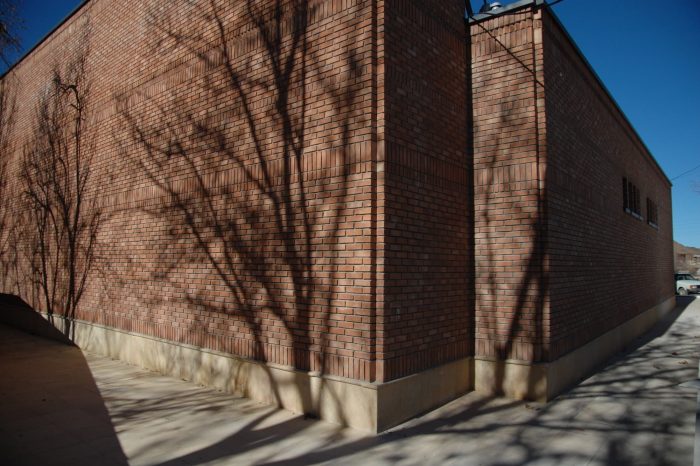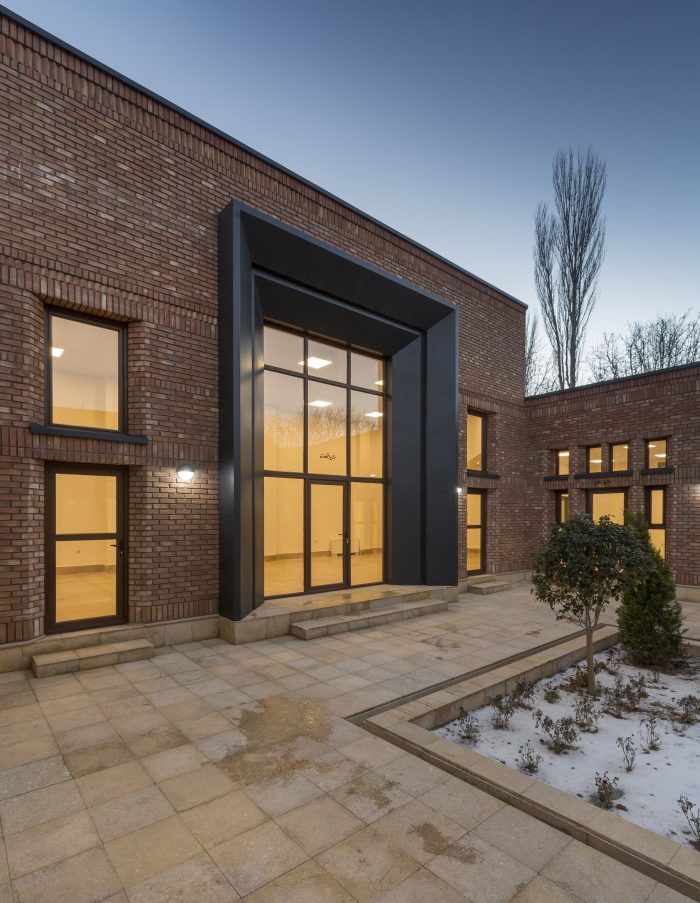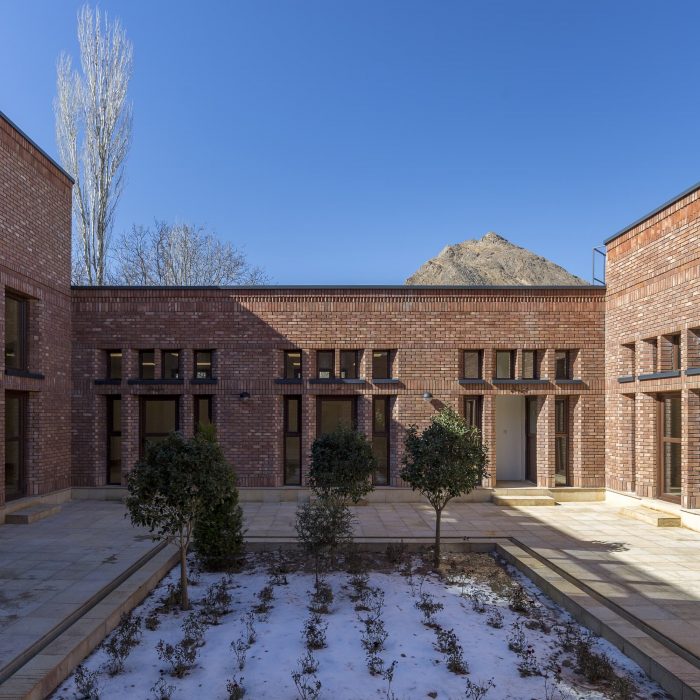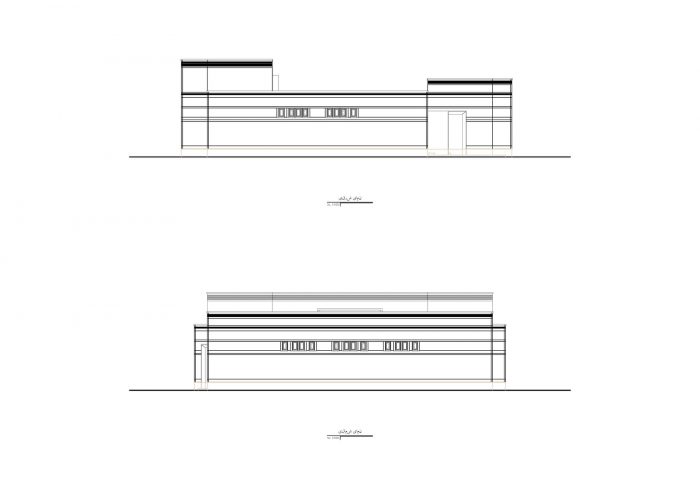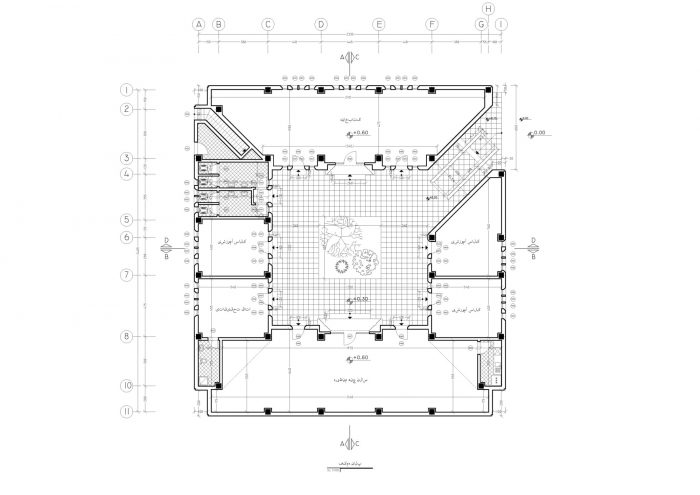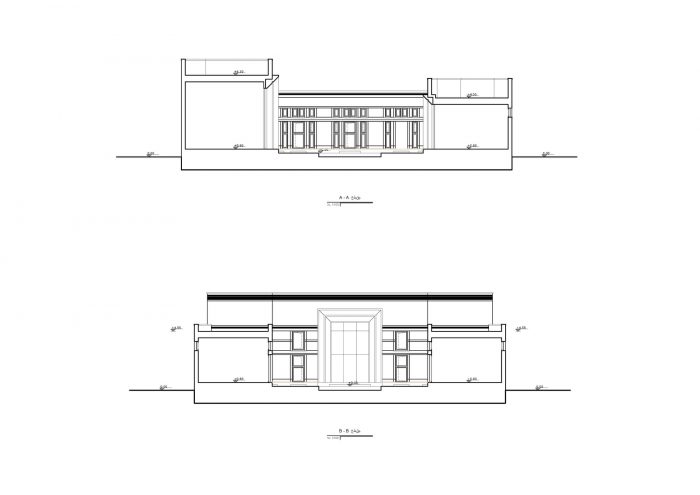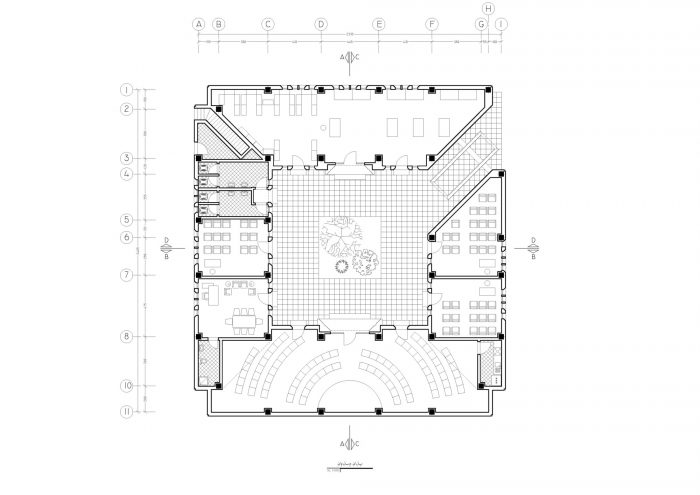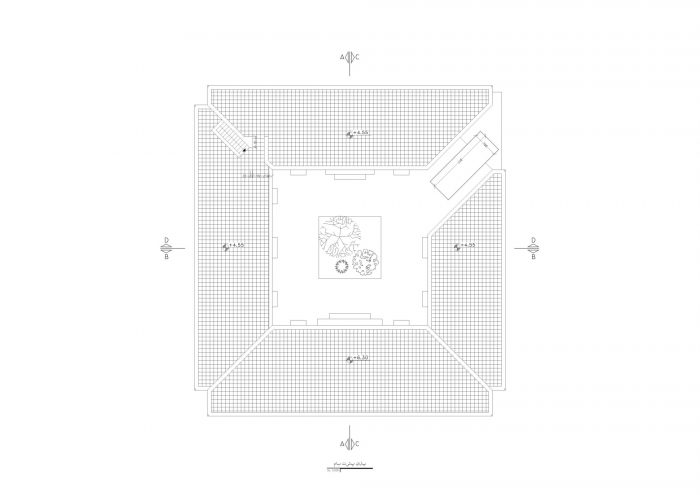巴尔佐克文化中心是嘉善巴尔佐克市的一个文化进步的公共空间。巴尔佐克文化中心是该市最大的,也是第一个,它提供了许多不同领域的课程:艺术、体育等方面的课程,重塑了巴尔佐克人民的文化生活,特别是妇女和青年。2018年开放的文化中心吸引了非常多的低收入人群,对该市的社会变革进程产生了重大影响。巴尔佐克文化中心让人们有理由离开自己的家,冒险进入公共领域;在文化上丰富他们的生活,让他们定义自己的个性。
The Barzok Cultural Center is a public space for cultural advancement in Barzok, Kashan. The largest and first of its kind in the city, The Barzok Cultural Center offers many different classes from a wide variety of fields: classes on arts, sports, etc., reshaped the cultural life of the people of Barzok, especially women and youth. Opened in 2018 attracted a very low-income population and has had a significant impact on the process of social change in the city. The Barzok Cultural Center gives people a reason to leave their home and venture into the public sphere; enriching them culturally and allowing them to define their individuality.
巴尔佐克文化中心的主要形式概念是院落空间。院落空间是一种空间类型–通常是一个大空间–建筑的主要部分围绕着一个中央庭院布置。院落空间的首次出现是在公元前6400-6000年。公元前6400-6000年(标定),在约旦河谷中部耶尔穆克河北岸的新石器时代耶尔穆克遗址,使该遗址在建筑史上具有特殊意义。这些空间由一个中央庭院组成,周围有几个小房间。每个房间都有不同大小的窗户,根据该空间需要的光量而定。
Main formal concept of Barzok cultural center is courtyard space. A courtyard space is a type of space —often a large space—where the main part of the building is disposed around a central courtyard. The courtyard space makes its first appearance ca. 6400–6000 BC (calibrated), in the Neolithic Yarmukian site at Sha’ar HaGolan, in the central Jordan Valley, on the northern bank of the Yarmouk River, giving the site a special significance in architectural history. These spaces consist of a central courtyard surrounded by several small rooms. each room has different sizes of windows according to the amount of light that space needs.
巴尔佐克文化中心的外墙的主要材料是砖。最早的砖是干砖,意味着它们是由含粘土的泥土或泥浆形成的,并被烘干(通常是在阳光下),直到它们足够坚固,可以使用。在底格里斯河上游地区和安纳托利亚东南部的泰勒阿斯瓦德(Tell Aswad)发现了被发现的最古老的砖,最初是由成型的泥土制成的,年代在公元前7500年之前。Mehrgarh的南亚居民也在公元前7000-3300年之间建造并居住在风干的泥砖房中。
The Barzok Cultural Center’s main material for its facade is brick. The earliest bricks were dried brick, meaning that they were formed from clay-bearing earth or mud and dried (usually in the sun) until they were strong enough for use. The oldest discovered bricks, originally made from shaped mud and dating before 7500 BC, were found at Tell Aswad, in the upper Tigris region and in southeast Anatolia. The South Asian inhabitants of Mehrgarh also constructed, and lived in, air-dried mud-brick houses between 7000–3300 BC.
Architects: archoffice | architecture & construction office
Area : 420 m²
Year : 2018
Photographs :Parham Taghioff
Manufacturers : Asayesh Gostaran, Chauffagekar, Heydari brick, Iran Radiator, Mazinur Illuminazione, Superpipe, Tabriz Tile, Yekta Tahviyeh Arvand Corp.
Mechanical Engineer : Hesam Seyed Hosseini
Architect In Charge : Amir Hossein Alavizadeh
Structural Engineering : Ali Jalaeifar
Construction : Davoud Alavizadeh
City : Barzok
Country : Iran

